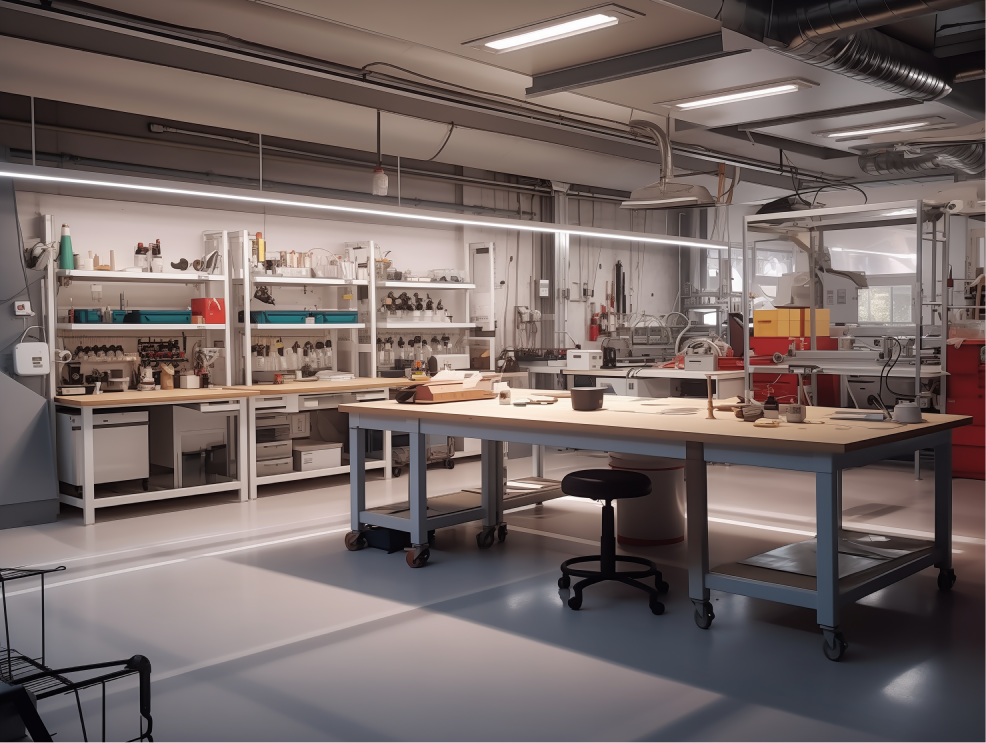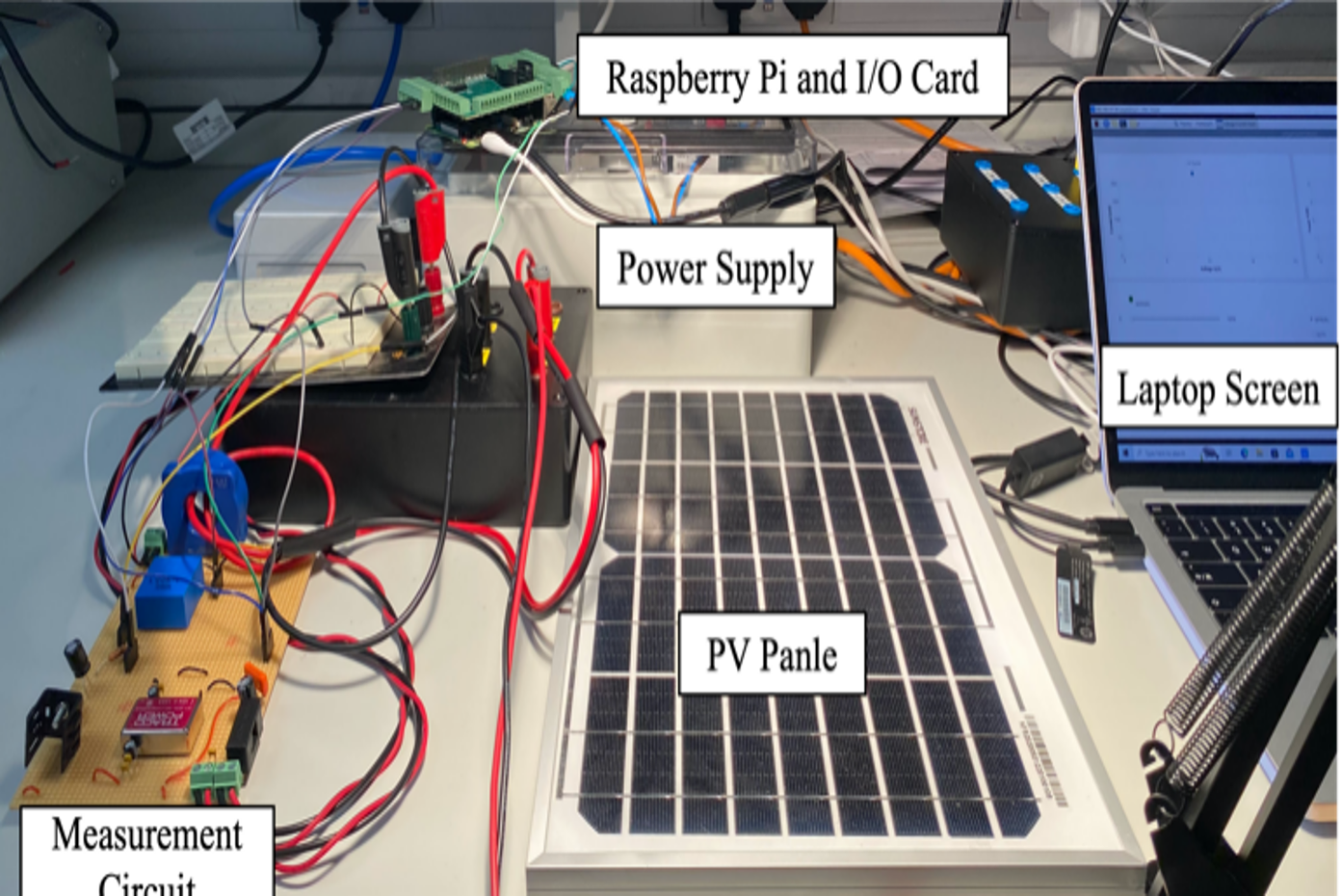Contact Us
- Email: changyingx@ust.hk
- Tel: +852 3469 2402
- Fax: +852 3521 0943

The project aims to investigate the solar energy harvesting potential on opaque façade areas and apply more advanced clean energy systems like tailored colored façade integrated photovoltaic (FIPV) on campus buildings. It will also improve energy efficiency by passively cooling the systems, using radiative cooling and self-cleaning coatings techniques.

The objective of this project is to achieve the urban renewal of the East Kowloon area through designing interactive Building Integrated Photovoltaics (BIPV) facades. The BIPV system is capable of generating clean energy during the day, while providing the public with diverse and engaging activities during the night. It has the potential to be transformed into an advertising space and alter the city’s image in the future.

The research aims to investigate a novel approach to designing high-rise buildings that integrate the concept of vertical farming. The implementation of vertical farming has the potential to improve local food self-sufficiency and reduce the carbon emissions associated with logistics. Moreover, vertical farming can be integrated with other emerging sustainable technologies, such as solar facades, to create innovative and holistic solutions for buildings and communities.
Co-work with RLP.

Thin-film technologies have emerged as promising candidates for BIPV application due to its expectional materials properties in aspects such as color, glazing, and large-scale fabrication. perovskite solar cells (PSCs) and copper zinc tin sulfide (CZTS) solar cells are our group prominent reserach directions.

This project selects a MOSFET as the electronic load for measurement. The basic principle of the measurement involves utilizing Raspberry Pi 4B as the central processing unit (CPU) to transmit signals for regulating the gate-source voltage (VGS) of the MOSFET while simultaneously obtaining current and voltage readings from sensors. The process of converting analogue signals to digital signals between the Raspberry Pi and the measurement circuit has been facilitated by an Industrial Automation I/O Card for Raspberry Pi. In order to facilitate the display of the measurement progress and results, a Graphical User Interface (GUI) has been developed using PyQt5. The model’s portability and flexibility make it suitable for educational purposes, serving as a research and educational tool to demonstrate the development of I-V curves.
